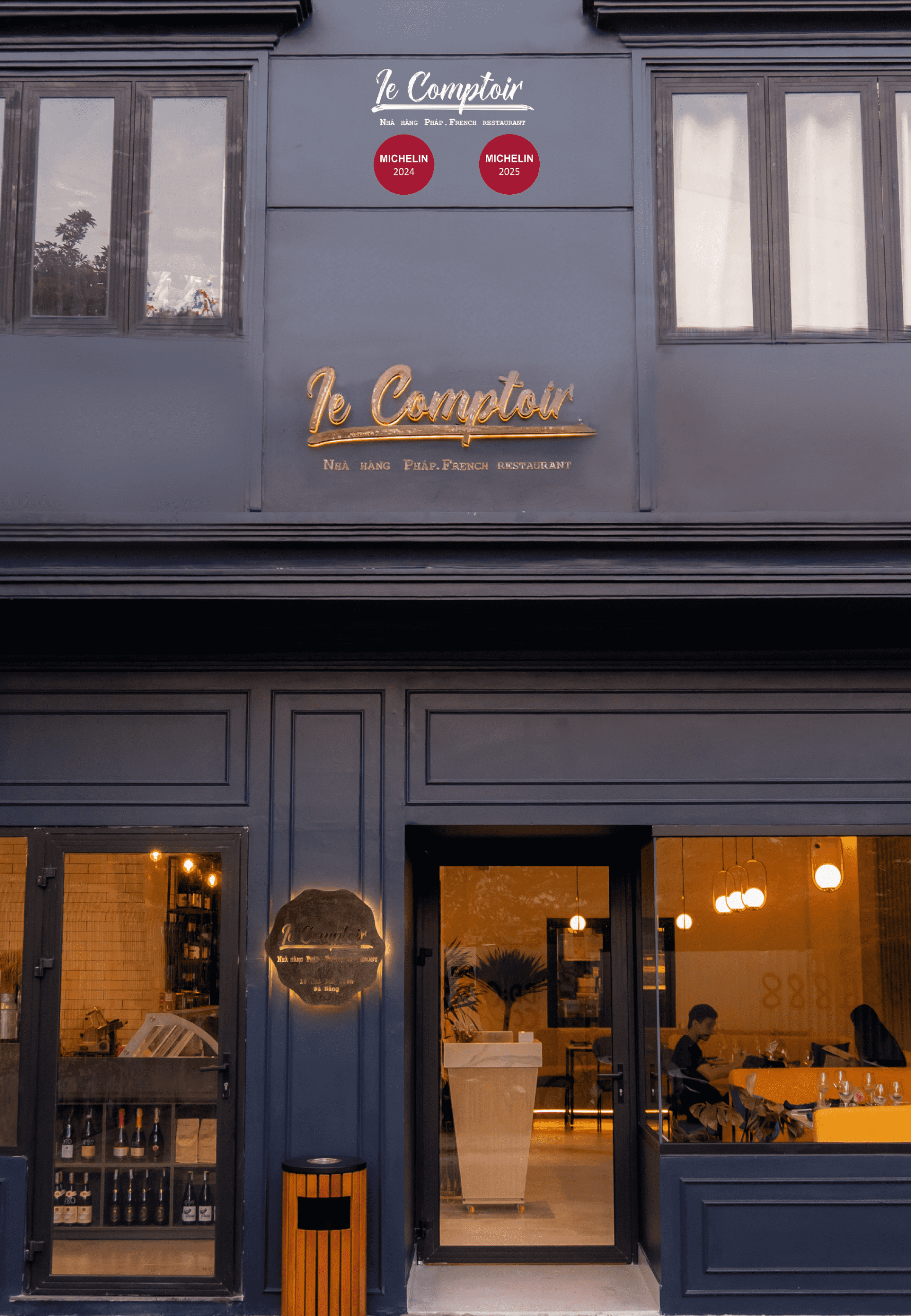To assist UK partners to connect with Viet Nam, British Council developed an accessible digital directory with cultural city profile data. This directory report aims to provide information and an overview of six Vietnamese cities, outlining their cultural diversity, population, heritage, assets and policies. The report provides introductory information on the cities’ history, demographics and unique cultural practices, including the nature and scale of cultural, creative and digital policies and economy that exists in the selected Vietnamese cities. The research covers the following six Vietnamese cities: Ha Noi, Hue, Da Nang, Hoi An, Da Lat, Ho Chi Minh.
Da Nang city is the 3rd largest in Viet Nam. Stretching across 35km of coastline in central Vietnam, Da Nang is one of the most vibrant, youthful and fast-growing cities in the country. The city is known for its quality of life, the ease of doing business, and its beautiful setting, with famous beaches and sights such as My Khe beach, Marbled Mountain, and the Son Tra Peninsula which includes the infamous Monkey Mountain and Hai Van Pass.
Danang has an abundance of cultural heritage (both tangible and intangible), a portfolio of traditional festivals, crafts, cultural practices and beliefs; as well as newly-created cultural venues and events like Dragon Bridge, Han River Bridge, Golden Gate Bridge on Ba Na Hill, International Firework Festival. Together these resources have driven the growth of tourism in recent years, with visitors arriving at Danang International Airport also attracted to nearby Hoi An.The city’s tourism industry saw an average growth of 5.5% in revenue in the 2016 – 2019 period. Tourism also contributes significantly to the city’s GRDP (31.4% in 2019) and creates significant employment (50,963 in 2019). Post-Covid, a re-boot of the tourism sector is a major priority for the city.
Since 2015, the local authority of Danang has recognised the role of creativity and innovation for future economic development, in addition to the strong tourism focus, they shifted their development approach toward building a startup ecology in the city. Danang Science and Technology Development Fund, Flying Fish Fund, DNES, and the Start-up Network Coordination Council are key players bootstrapping creativity and innovation. The creative ecosystem in Danang is still quite young, kickstarted by the National Strategy on Cultural Industries and the city’s increasing attractiveness as a place where culture and technology converge. Since 2015, the city has incubated 137 innovation start-up projects, focusing on areas such as tourism, agriculture, healthcare, education, food, information technology, transportation and environment.
Also, in implementing the National Strategy on Cultural Industries, the municipality has widened its focus beyond tourism and digital to sectors such as cinema, performing arts and music. The approach here is one of talent development (skills and capacity building, events and festivals), and infrastructure development improving the quality of cultural facilities such as theatre, cinema and cultural centres, several creative hubs have emerged in Danang and a growing cohort of artists have chosen Danang to be their new base.
The most worth-living city in Vietnam
Danang’s goal is to “build an eco-urban, modern and smart city, a city worth living in”. The People’s Committee of Danang City recently approved a major programme to establish Danang as a national innovation startup centre for the Central Region / Central Highlands. This will involve the development of a “modern, developed and prosperous city by 2030 and by 2045, to establish Danang as a leading technology and innovation hub in Asia” – People’s Committee of Danang City
Reach to page 41 to see fully Da Nang report
This report is commissioned by the British Council, the research is led by Dr. Tom Fleming director, Nana Yu-I Lee senior researcher, and Chris Joynes research consultant from Tom Fleming Creative Consultancy (TFCC). The Vietnam research team was led by Dr. Nguyen Thi Thu Ha, Director of VICAS Art Studio, Vietnam National Institute of Culture and Arts Studies (VICAS), and included Nguyen Vu Tu Hang, Nguyen Thi Bich Dao and Dinh Vu Nhat Hong from Hanoi Grapevine.










